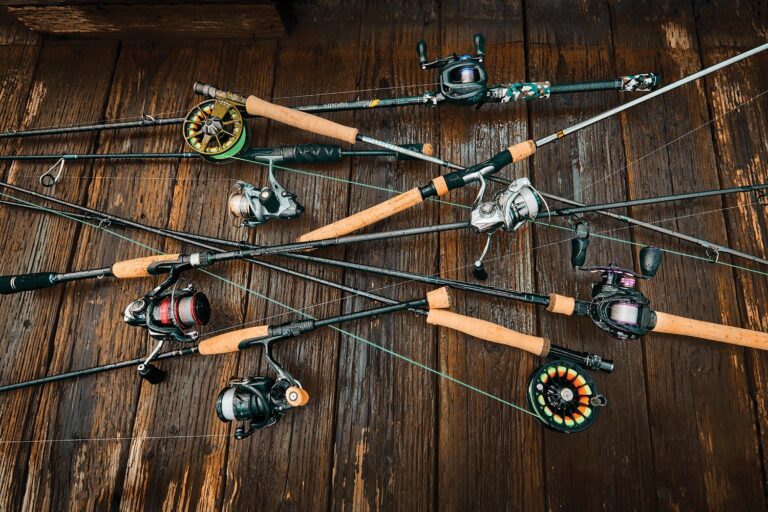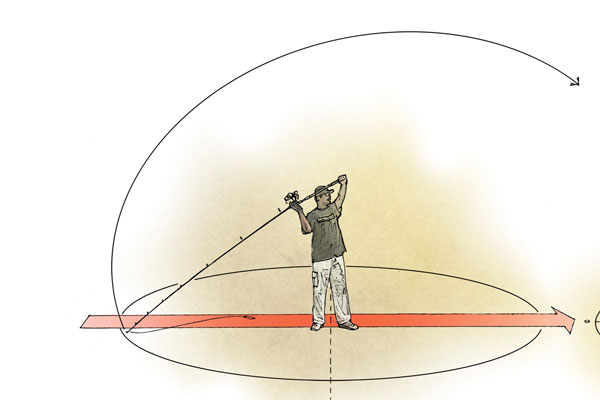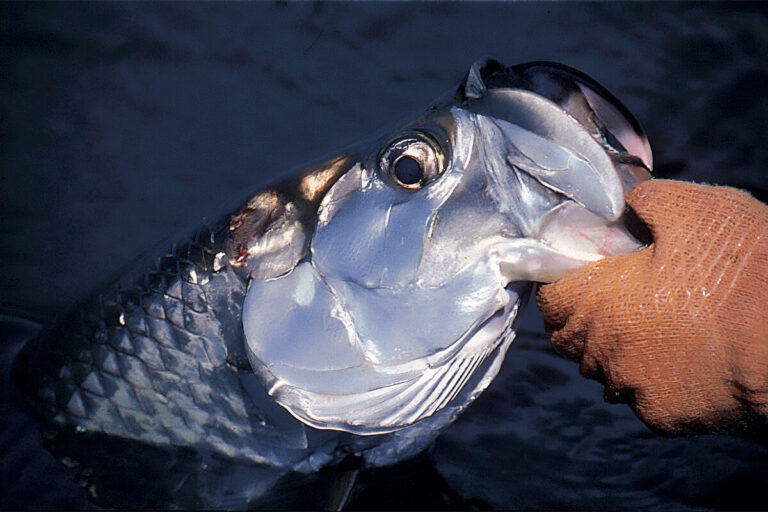Baitcasting techniques for beginners involve mastering the basic casting motion and selecting the right lures and gear. To become proficient, practice regularly and seek out guidance from experienced anglers.
If you’re just starting with baitcasting, it can be challenging to handle the sometimes-tangled and frustrating snarls that can result from improper form and technique. However, learning how to use a baitcasting reel can be a valuable addition to your fishing skill set, allowing for more accurate and efficient casting and greater control over your presentations.
With the right gear, knowledge, and practice, you can quickly begin to feel comfortable and confident using a baitcasting reel. In this article, we’ll cover some essential baitcasting techniques that beginners should focus on, as well as tips for selecting the right equipment and mastering your form.

Credit: kastking.com
Setting Up Your Baitcasting Reel
Understanding Your Baitcasting Reel
When it comes to setting up your baitcasting reel, it is essential to understand how it works first. Here are some key points to keep in mind:
- Baitcasting reels are suitable for experienced anglers or those willing to put in the time and effort to learn to use it effectively.
- The spool rotates as the angler casts, which means it requires a bit of practice and finesse to get used to it.
- Baitcasting reels typically offer more casting accuracy and casting distance than spinning reels, making them a popular choice for targeting big game fish.
Selecting The Right Fishing Line
Selecting the right fishing line to use with your baitcasting reel is crucial. Here are some key points to consider:
- Baitcasting reels work well with monofilament, fluorocarbon, or braided fishing lines.
- Different types of fishing line have different characteristics that make them better suited for certain fishing applications.
- Monofilament is typically the go-to choice for baitcasting reels for beginners. It is cost-effective and easy to handle.
- Braided line is stronger and has less stretch than monofilament, making it the go-to choice for anglers targeting large fish.
Setting up your baitcasting reel correctly is essential for effective and enjoyable fishing. Here are some key points to keep in mind:
- Start by threading the line through the guides on your rod.
- Next, attach the line to your baitcasting reel’s spool using an arbor knot.
- Adjust the brake system to prevent backlash. The brake system is typically located on the same side as the handle, and it helps control the speed of the spool as it rotates.
- Adjust the spool tension knob, which is located on the opposite side of the handle. This helps prevent bird’s nests and ensures smooth casting.
- Practice casting in an open area before heading out to your fishing spot.
Remember, practice makes perfect when it comes to baitcasting techniques! With these tips in mind, you’re on your way to becoming a pro baitcaster in no time.
Basic Casting Techniques
Baitcasting is an essential skill for any angler who wants to catch bigger fish and cast with greater accuracy. For those who are new to the sport, learning basic casting techniques is the first step towards mastering baitcasting. In this post, we’ll go over the proper grip and hand placement for accurate casting, as well as mastering the pendulum and sidearm casts.
Proper Grip And Hand Placement
Before making your first cast, it’s essential to understand the correct grip and hand placement on your baitcaster reel. Follow these basic steps:
- Hold the rod with your dominant hand.
- Grab the reel handle with your free hand, placing your thumb over the spool.
- Pinch the top of the rod’s handle with your thumb and index finger.
- Rest the rest of your fingers on the bottom of the handle.
Remember to maintain a loose grip on the rod and reel and allow your wrist to move freely when casting. Correct hand placement and a loose grip will increase your accuracy and reduce wrist fatigue.
Mastering The Pendulum Cast
The pendulum cast is the most straightforward technique for beginners to learn. Follow these simple steps:
- Hold the rod in your dominant hand and the reel handle in your free hand.
- Point the rod toward your target and position your thumb over the spool.
- Pull the rod back, swinging it to a 45-degree angle behind you.
- Flick your wrist forward, simultaneously releasing your thumb from the spool. Keep your wrist loose, and allow the rod to do most of the work.
- Follow through with your cast, guiding the rod towards your target.
Perfecting this technique will take time, so be patient, and remember to keep practicing.
The Sidearm Cast
The sidearm cast is more challenging than the pendulum cast. It requires more wrist strength and a bit of practice. Here are the basic steps:
- Hold the rod as you would with the pendulum cast and point it towards your target.
- Bring the rod back, swinging it behind you to a 90-degree angle.
- Flick your wrist forward, allowing the rod to bounce off your forearm.
- Follow through with the cast.
With practice, the sidearm cast will become second nature. With continued practice and by paying attention to the techniques discussed above, you will be well on your way to mastering the art of baitcasting.
Advanced Baitcasting Techniques
Baitcasting is a fishing technique that requires skill, patience, and practice. If you’re a beginner, start with the basics before progressing to advanced techniques that will allow you to make more precise casts in challenging situations. The roll cast, flipping and pitching, and skipping lures are three advanced baitcasting techniques that can help you become a better angler.
In this post, we’ll explore these techniques in detail.
The Roll Cast
The roll cast is a technique that enables you to cast your bait accurately when you don’t have much room behind you. Here are the key points you should keep in mind when performing a roll cast:
- Hold your rod at a 45-degree angle to the water, with your elbow bent.
- Make sure your line is taut and parallel to the water’s surface in front of you.
- Use your forearm to swing the rod backward to the 11 o’clock position while maintaining the same elbow angle.
- Rapidly move your forearm forward to the 1 o’clock position, stopping when your rod is pointing upward.
- Release your finger from the spool to allow your bait to fly to your desired spot.
Flipping And Pitching
Flipping and pitching are techniques that allow you to cast your bait accurately and quietly into tight spaces, such as under docks or near weed beds. Here are the key points you should keep in mind when using these techniques:
- Flipping involves holding the bait in your dominant hand and dropping it straight down into the water by releasing your grip on the reel.
- Pitching involves casting your bait like a baseball, with your rod hand pulling back and then abruptly moving forward, releasing your bait towards your desired spot.
Skipping Lures
When fishing in clear water, use skipping lures to make your bait look like a fleeing baitfish to predators. Here are the key points you should keep in mind when using the skipping technique:
- Hold your rod at a low angle and keep your wrist loose.
- Ensure the lure’s hooks are facing downward.
- Flick your wrist forward as you release the lure, allowing it to skip across the water’s surface.
Baitcasting is an advanced fishing technique that requires practice and patience. With the roll cast, flipping and pitching, and skipping lures, you can become a better angler by mastering these techniques. Always remember to stay safe and follow fishing regulations while you’re out on the water!
Conclusion
As a beginner to baitcasting techniques, it can be intimidating to master the basics. But with practice and patience, you’ll catch on in no time. Start by selecting the right gear, mastering the grip, and understanding the importance of proper thumb control.
Once you’ve got the basics down, experiment with different casting techniques, such as the sidearm or roll cast. Make sure to practice in different body of waters to get comfortable with different settings. Keep in mind that mastering baitcasting techniques takes time, so don’t get discouraged early on.
As long as you remain committed to improving, you’ll become a pro in no time. Now, it’s time to hit the water, hone your skills, and start reeling in some big ones!




